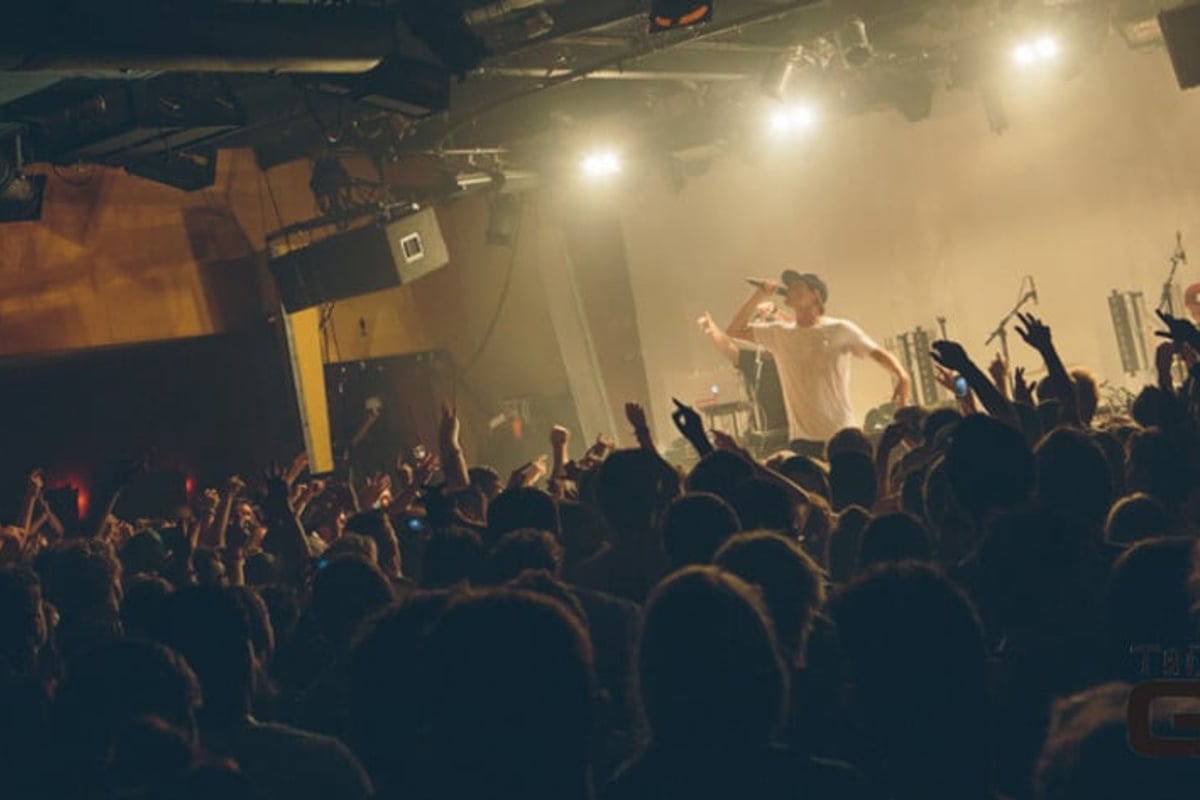Report: Live music contributed $15.7bn in 2014

Live music contributed $15.7 billion to the Australian community last year.
The figure was identified as part of new research from University of Tasmania, City of Sydney, City of Melbourne, The Government of South Australia and the Live Music Office as part of the City of Sydney’s Live Music and Performance Taskforce initiative.
Entitled The Economic and Cultural Value of Live Music in Australia 2014, the report is the first large-scale research conducted on the economic, social and cultural contribution of the Australian live music industry since 2011.
Researchers who interviewed 38 live venues in Sydney, Melbourne, Adelaide and Hobart, and surveyed 1,488 live music consumers found an increase in the monetary contribution toward live music.
The study found that there was a 3:1 cost-benefit ratio for contributions to live music in Australia; essentially, for every dollar spent, $3 of benefit is returned to the wider community. Compare this to a 2011 report conducted by Ernst & Young, which found that the gross value added (GVA) to the economy by live music in Australia was estimated to be $652 million.
The new research segmented live music’s $15.7 billion contribution into three benefits: commercial (associated services like venues, accommodation, road transport etc), civic (costs avoided by the government) and individual (“patrons of live music making in Australia revealed through statements the value of their satisfaction with their purchases"). Commercial benefits returned to businesses as a result of live music making in Australia last year was estimated to be $2.1 billion. Surprisingly, the report said civic benefits “enabled in the order of nearly 65,000 full-time and part-time jobs to the value of $2.2 billion, and taxation revenue to all tiers of government of $950.6 million.” Purchases made by Individuals accounted for $10.4 billion.
John Wardle, Policy Director at the Live Music Office told TMN:"The research not only identifies how live music in Australia contributes jobs nationally as well as commercial benefits across tourism, communications and hospitality, but also indicates individual benefits, including greater social capital and improved health-and-wellbeing. We hope this research will refocus strategic planning and funding priorities to better support the development of live music in Australia".
Interestingly, the report found ticket, food and alcohol sales represented less than half of actual spending on live music attendance. Food and drink was the number one expense for those attending a live music performance, equating to 29.3% of the total spend. Ticket costs came second at 19.2% of spend, followed by travel at 17.6% and accommodation at 12.4%.
Lead researcher Dr David Carter told TMN the percentage breakdown of expenditure is as reported by the surveyed consumers and weren’t significantly affected by their levels of engagement.
“The breakdown of spending on tickets and food/drink hold irrespective of whether someone goes to a few gigs a year or most nights of the week. This is actually pretty important, and an original finding of this research that helps articulate what a satellite account for live music might look like.
“A higher spend on food and drink as part of live music consumption also makes good intuitive sense,” Carter added, “as many live music events aren’t ticketed or have a relatively low ticket price compared to the price of food and drink for an evening.”
In addition, the report touched on the paltry wage the average practicing musician earns from music, suggesting artists are offsetting the cost of performing by earnings in other industries. It cited a 2010 finding by Throsby & Zednik which stated that the median income for practicing musicians in Australia calculated at just $7,200 per year.
The report also includes a breakdown of which types of venues punters across all states of Australia attend for live music. See below:

John Wardle said in a statement:“This research is an important milestone for the Australian live music industry. We’ve created a benchmark for governments and the community to understand the importance of live music to Australian culture, community and the economy."
The full report is now available via the Live Music Office website.






























